Project Management Styles: A Comprehensive Guide
Navigating the world of project management can be like exploring a labyrinth without a map. With so many styles to choose from, it’s easy to get lost in the maze of methodologies. But don’t worry, I’m here to guide you through it.
Whether you’re a seasoned project manager or a newbie stepping into the arena, understanding different project management styles is crucial. It’s like knowing your tools before you start a job. In this article, we’ll delve into the most popular project management styles, their pros and cons, and how to choose the right one for your project.
Understanding Project Management Styles
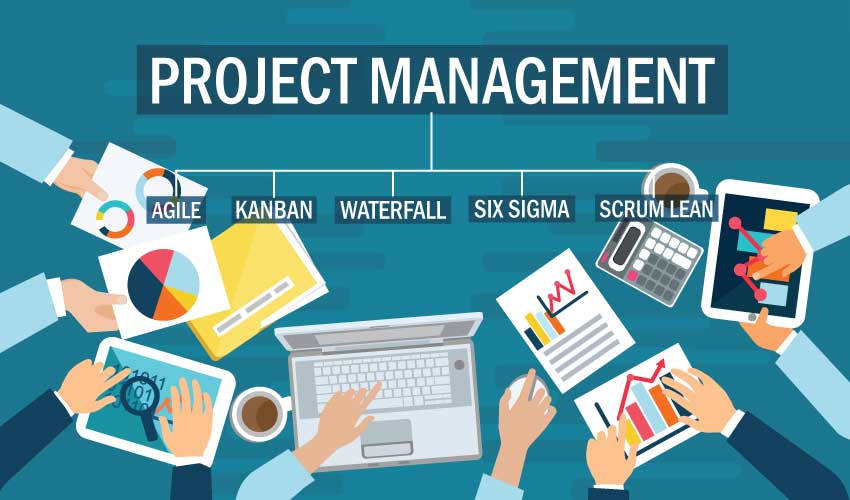
Before digging into intricate details, it’s crucial to comprehend the evolution of project management and the emergence of various styles.
The Evolution of Project Management
Historically, project management has evolved significantly, shaped by changing business environments, technological advancements, and the necessity for efficient resource allocation. From the initial era of craftsman and master builders to the sophisticated principles of modern project management, the journey indicates a regular quest for improved effectiveness and efficiency.
In the ancient era, projects like the pyramids or Great Wall were managed utilizing simple principles. Fast-forward to the 20th century, scientific management theories, iconic for their focus on efficiency and time management, started making their mark. The 1950s and 1960s saw the introduction of critical project management tools such as Program Evaluation Review Technique (PERT) and Critical Path Method (CPM).
As the complexity and scale of projects expanded dramatically in the late 20th and early 21st century, project management embraced diversity, giving birth to various styles tailored for specific project needs.
Defining Project Management Styles
So, what are these project management styles? Simply put, they are the methods or approaches used to plan, execute, and control the work of a project. It’s important to acknowledge that different styles often overlap, as projects aren’t one-size-fits-all solutions.
To name a couple, there’s traditional project management, often characterized by a sequential design process; think Waterfall approach. It’s structured, predictable, and extensively documented. Opposite to this, Agile, another popular style known for its flexible and iterative approach. Agile thrives in volatile environments, where change is constant, and rapid response is essential.
Remember, no specific style is conclusively superior; instead, it’s about selecting the appropriate style that aligns with the nature of the project, team dynamics, and organizational culture.
The Waterfall Methodology
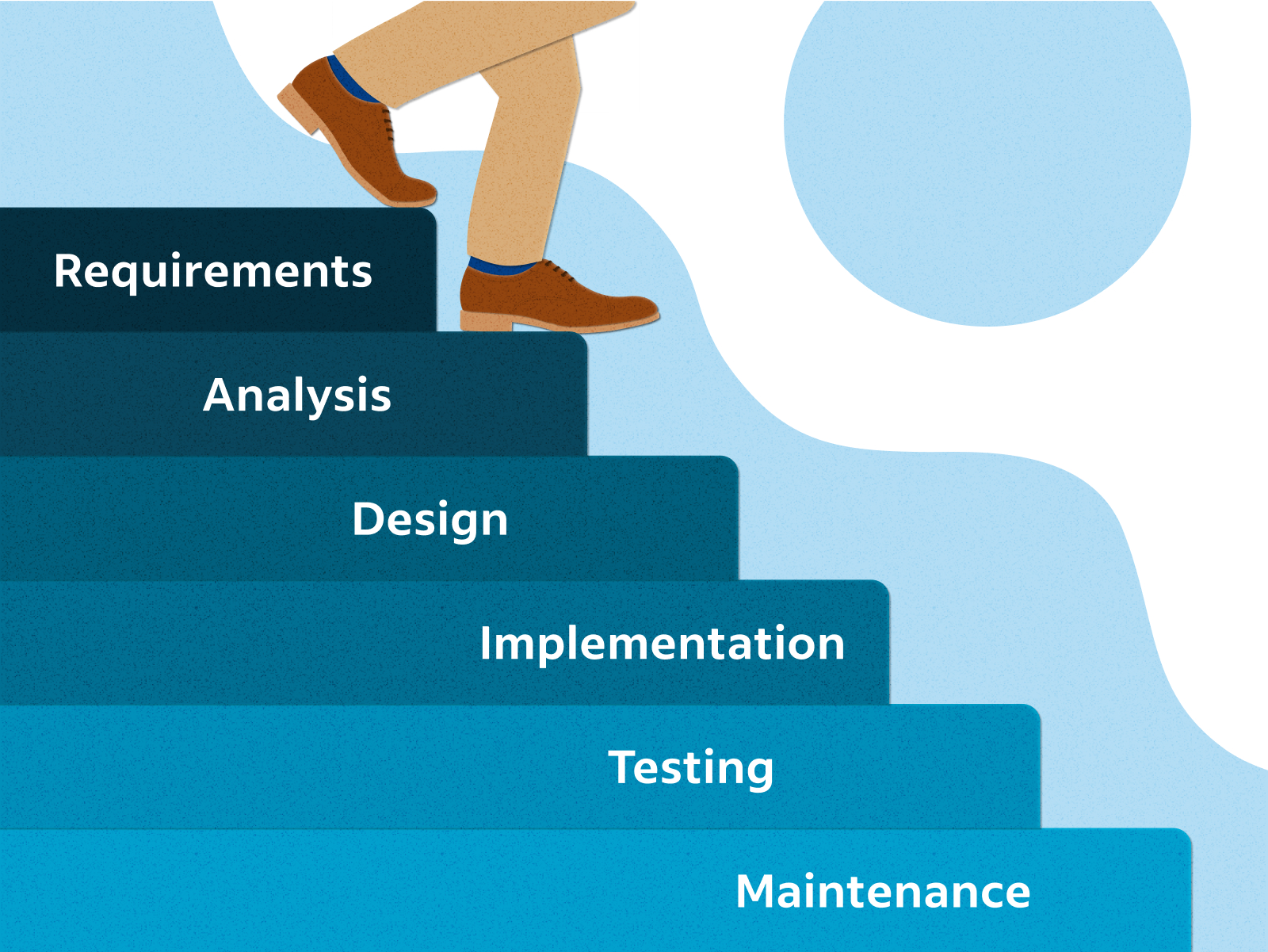
The Waterfall methodology, a traditional project management style, takes a sequential approach to projects. Its roots extend back to the 1970s when Winston W. Royce conceptualized it, although he did not use the term ‘waterfall’. This methodology emphasizes a structured, linear workflow where a project cascades through a series of distinct phases.
A Sequential Approach
The Waterfall methodology exemplifies a linear, logical sequence of work. Each phase depends on the successful completion of the previous phase. In essence, it ensures that a phase gets thorough validation and documented approval before migrating to the next stage. The typical stages mimic a cascading waterfall, initiating with conception, followed by initiation, analysis, design, construction, testing, implementation, and maintenance.
Advantages and Limitations
Beyond question, the Waterfall methodology’s effectiveness resonates in projects where defined, unaltered requirements exist. Its clear structure delineates goals, deliverables, and deadlines at the outset, mitigating scope creep. Consequently, this methodology offers a precise roadmap, providing steadfast control and promotes accountability and transparency.
However, this methodology presents limitations, its rigidity being a primary concern. It leaves little room for iterations and changes once the project starts, posing a challenge in volatile projects where requirements frequently alter. Moreover, it often defers testing and error discovery towards the end of the project lifecycle, potentially amplifying risks and fallout.
The Agile Methodology
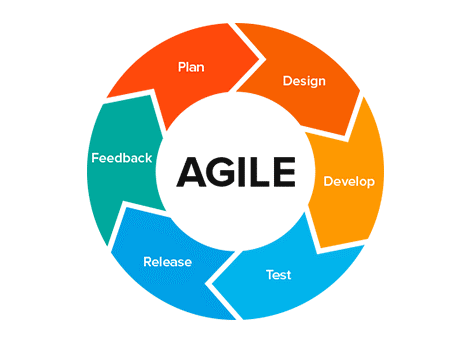
The Agile methodology stands tall in a stark contrast to the Waterfall approach, valuing individuals and interactions, customer collaboration, and responding to changing environments. Let’s examine this approach that’s tightly tied to flexibility and change in project management.
Embracing Change and Flexibility
An aspect that sets the Agile methodology apart is how it embraces change and flexibility. This methodology revolves around small, cross-functional teams that work on projects in iterative sprints. It’s these sprints that allow teams to adapt their plans after each iteration, adapting to any changes or challenges they’ve encountered along the way. For example, if a software feature isn’t fitting the customer’s needs as expected, Agile teams can pivot strategies and tweak the design in the upcoming sprint.
Advantages and Limitations
With the Agile methodology comes a variety of advantages. Project teams appreciate the flexibility of adjusting project scope and direction as needed, vertically increasing customer satisfaction. Faster delivery times are also more achievable due to Agile’s emphasis on iterative work cycles. Additionally, regular check-ins allow for ongoing feedback and adjustments, reducing the chance of a project going off-track.
However, it’s crucial to understand its limitations as well. Agile requires a high level of customer involvement, which may not always be feasible. This methodology also has the potential to be less predictable than Waterfall due to its adjustable nature. And, without proper attention, Agile teams can miss the big picture, focusing too much on sprint goals without linking them back to the overall project objective.
Thus, while Agile provides undeniable benefits to project teams in volatile environments, organizations must weigh these against its limitations to determine the methodology’s appropriateness for their specific projects and overall strategy.
The Lean Methodology
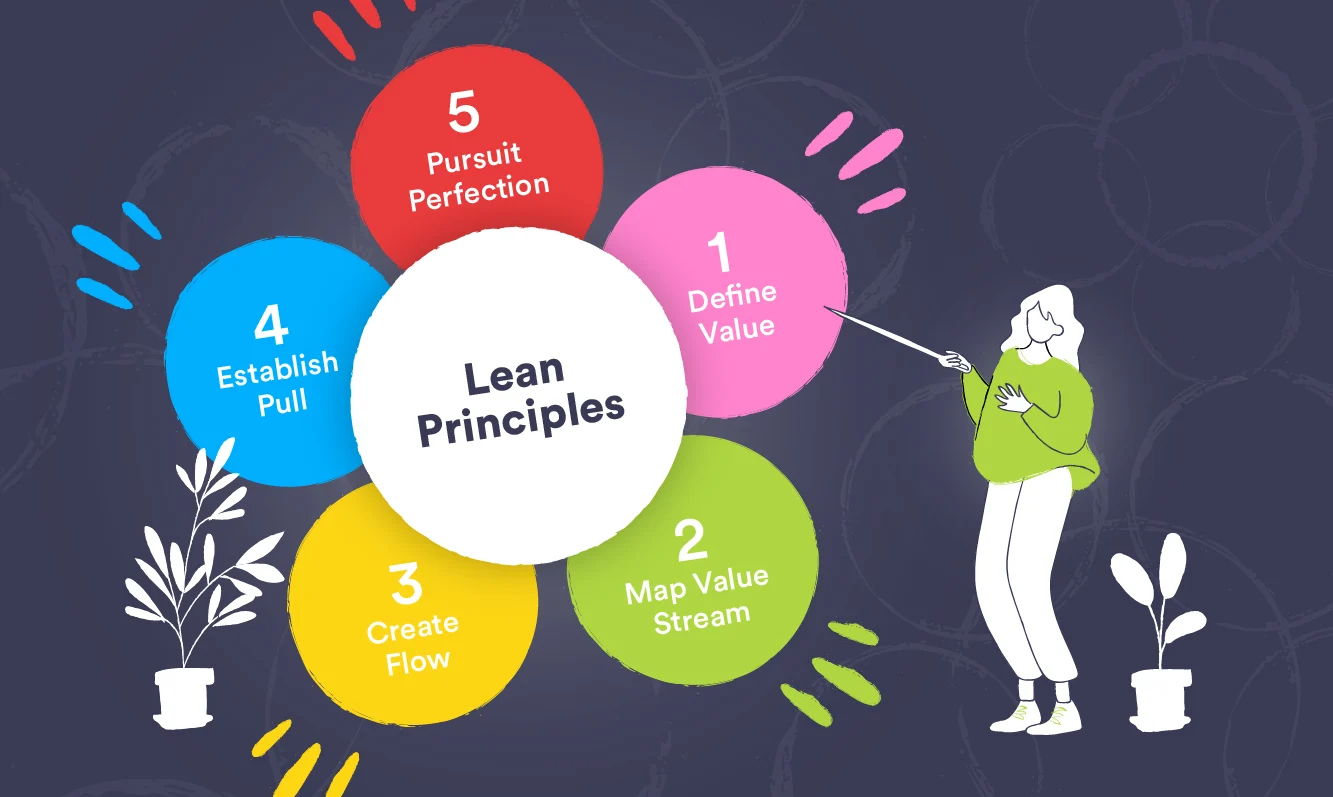
Distinct from Waterfall and Agile, the Lean methodology also garners attention in the realm of project management. Rooted in manufacturing processes, Lean focuses on value creation and waste reduction. Aligning to its core principles streamlines project operations, leading to improved efficiency.
Pursuing Efficiency in Project Management
Adopting the Lean methodology in project management equates to relentless pursuit of efficiency. Every step in a project gets scrutinized for its value-add and unnecessary actions or steps, often referred to as ‘waste,’ are weeded out. For example, repeated actions or delayed approvals could constitute waste.
Under Lean, teams harness tools like Kanban boards to visualize project workflows, aiding in better task management and hindrance identification. Instead of traditional task distribution, Lean project management decentralizes authority, encouraging team members to pull tasks as they complete current assignments. This approach makes the most of available resources and surface issues early, preventing bottlenecks.
Advantages and Limitations
Like other methodologies, the Lean approach comes with its advantages and limitations. Notably, it heightens operational efficiency, effectively reducing costs and time. Teams also become more self-reliant, imbibing a culture of continuous improvement. Visual tools foster transparency, allowing stakeholders an immediate overview of project status.
However, Lean’s intense focus on waste reduction can lead to overlooking value-adding activities if not carefully monitored. This might result in project teams becoming too lean, risking the quality of output. Moreover, implementing Lean requires a significant shift in mindset and processes, which isn’t always feasible for all organizations. It’s crucial for organizations to evaluate these factors while considering Lean as their project management style.
Six Sigma Methodology

Building on the previous methodologies, I now turn my attention to the Six Sigma approach, a management style focused on quality improvement and reduction of process variations.
Focus on Quality and Precision
The Six Sigma methodology, originally developed by Motorola, centers on the elimination of errors. It drives towards a goal of less than 3.4 defects per million opportunities, symbolizing a high standard of precision. By employing statistical techniques, Six Sigma aims to reduce process variations, enhance performance, and increase product quality. Project teams often utilize a five-stage process known as DMAIC – Define, Measure, Analyze, Improve, and Control. For instance, in the ‘Define’ phase, teams establish goals that align with customer demands and the organization’s strategy. Subsequent stages involve assessing current practices, identifying shortfalls, implementing necessary changes, and establishing control systems to maintain improved performance.
Advantages and Limitations
The benefits associated with Six Sigma include improved operational efficiency, increased customer satisfaction due to higher-quality outputs, and notable financial savings. However, critics warn the approach can be overly complex, requiring specialized training for successful implementation. Additionally, the focus on precision and standards might constrain innovation and flexibility. Despite this, organizations recognizing the MP3 players’ repetitive production, such as electronic manufacturing units, find it highly valuable. Therefore, assessing project requirements and organizational context remains essential while choosing a project management style, be it Lean, Six Sigma, or otherwise.
In the following sections, I’ll delve into other versatile methodologies like Scrum and PRINCE2, further expanding our understanding of project management styles.
Comparing Project Management Styles
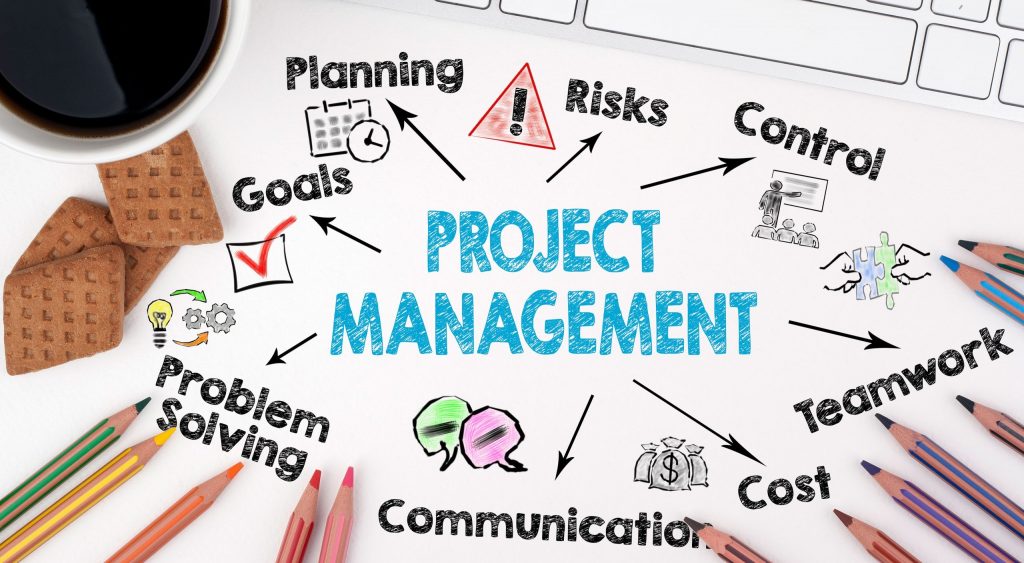
Embedding the concept of project management methodologies is a subject of choice and environment. The right method won’t have the same impact in every scenario. It’s necessary to consider the industry-specific context and unique requirements of projects.
Suitability for Different Industries
When narrowing down project management styles, different industries harbor varying preferences. Software development teams, often prefer Agile or Scrum, appreciating their iterative approach and allowance for changes, considering the dynamism in technological trends. Examples include Spotify and Atlassian who’ve reported improved project outcomes through these adaptive methods.
Industries like manufacturing and healthcare, however, lean towards the Six Sigma methodology. With high-stake process outcomes, less than 3.4 defects per million opportunities is a compelling offer they can’t overlook and the DMAIC process provides a great framework for performance and quality improvements. Companies such as 3M and General Electric have utilized Six Sigma to great success.
And then there’s Lean, a favorite among startups, especially those in the tech industry. It’s efficiency-first approach, reduction of waste and the creation of value aligns perfectly with their fast-paced and output-focused environments.
Combining Elements from Different Styles
Combining elements from different project management styles isn’t unusual. More and more, organizations are seeking a hybrid approach for project management. This allows teams to benefit from the strengths of each methodology, while compensating for their limitations.
For instance, many teams use the SCRUM-Lean approach. They employ SCRUM’s sprints and roles, and Lean’s elimination of waste concept. This ‘SCRUM-Lean’ approach gives the teams’ flexibility, responsiveness to change, while still focusing on waste reduction and efficiency. Teams at companies like Hubspot meld SCRUM’s fast-paced iterations with Lean’s principle of waste minimization, finding the blend expediently robust and flexible.
Choosing a project management style also relies heavily on the company’s culture, team size, and specific project requirements. It’s important to assess and balance these variables rather than adhering to only one style. Enlightenment lies in understanding that project management is not one-size-fits-all; it’s about finding the right fit, perhaps even tailoring it to the specific needs and circumstances of your project and organizational context.
Implementing a Project Management Style

Transitioning to a new project management style does not occur overnight. It involves meticulous planning, systematic training, effective change management and adaptation. Avoid jumping into the latest trends without understanding their applicability and benefits for your organization. Each style comes with its own strengths and weaknesses. Recognize these factors, adapt to them, and incorporate them into your own system for maximum project success.
Training and Resources
Investing in proper training is the first crucial step for implementing a project management style. It provides the foundation for acquiring knowledge and proficiency in the chosen methodology. For example, Six Sigma programs often involve belt-based certification systems. Starting from yellow belt, I’d move through green and black belts, training in each level with increasing complexity. Resources like guidebooks, training webinars, and certification courses all form part of this initial stage. Acquiring knowledge about concepts, techniques, terms, and tools, such as Kanban boards for Lean or burndown charts for Scrum, would be vital.
Change Management and Adaptation
Introducing a new project management style is transformational and involves significant changes in the way the team operates. It requires effective change management strategies. For instance, actively involving the team in the implementation process can help foster acceptance and smooth the transition. Regular feedback sessions and transparency can address resistance and fears, ensuring everyone’s on board with the shift.
Adaptation, the final step, involves refining the adopted management style over time to improve its efficacy within your organization’s unique environment. For example, if I were managing a software development project, I might meld Agile’s iterative approach with Lean’s focus on minimising waste to arrive at a hybrid model. Ultimately, it would be the team’s experience, knowledge, and innovative adaptation of the project management style that would drive the project’s success.
Conclusion
Project management’s not a one-size-fits-all deal. It’s all about picking the right approach for the job. Be it traditional styles like Waterfall and Agile, or efficiency-driven ones like Lean, or even quality-centric ones like Six Sigma, it’s crucial to choose wisely. But remember, it’s not just about selection. Successful implementation requires careful planning, robust training, and effective change management. Don’t be afraid to adapt and refine your chosen style over time for maximum project success. And let’s not forget the power of hybrid approaches like SCRUM-Lean. They’re proof that sometimes, the best solution lies in combining elements from different methodologies, tailored to your project’s unique needs and your organization’s context. So, keep exploring, keep adapting, and you’ll find the project management style that’s just right for you.
Frequently Asked Questions (Faqs)
What is the focus of Lean Project Management?
Lean Project Management focuses on efficiency by reducing waste and creating value. This is achieved by scrutinizing and improving processes and using tools like Kanban boards.
How does Six Sigma approach project management?
Six Sigma aims at quality improvement through reducing process variations. It seeks high precision, with a goal of less than 3.4 defects per million opportunities. This method employs a structured five-stage process (DMAIC) to enhance performance and product quality.
What factors are emphasized when implementing a new project management style?
When implementing a new management style, it’s vital to focus on meticulous planning, systematic training, effective change management, and adaptation. Constant refinement of the adopted management style boosts project success.
What is the significance of training and change management in project management?
Training and change management are crucial for successful project management transitions. It involves investing in proper training, developing sound change management strategies, and fostering a responsive approach to adapt to the nuances of the new system.
Why might an organization choose to adopt a hybrid project management approach?
A hybrid approach, like SCRUM-Lean, caters to specific project requirements and organizational contexts. This blended approach allows a project to benefit from various valuable elements derived from different methodologies.
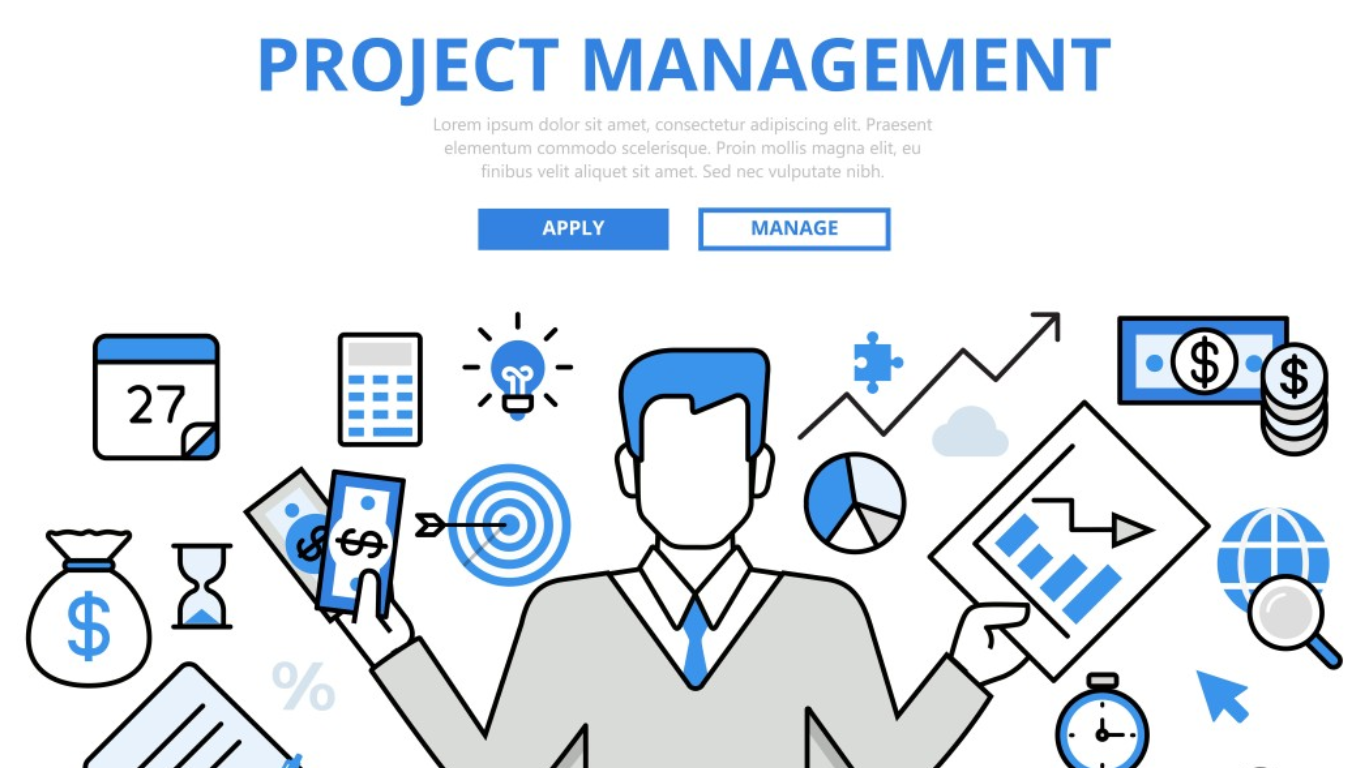
Leave a Reply